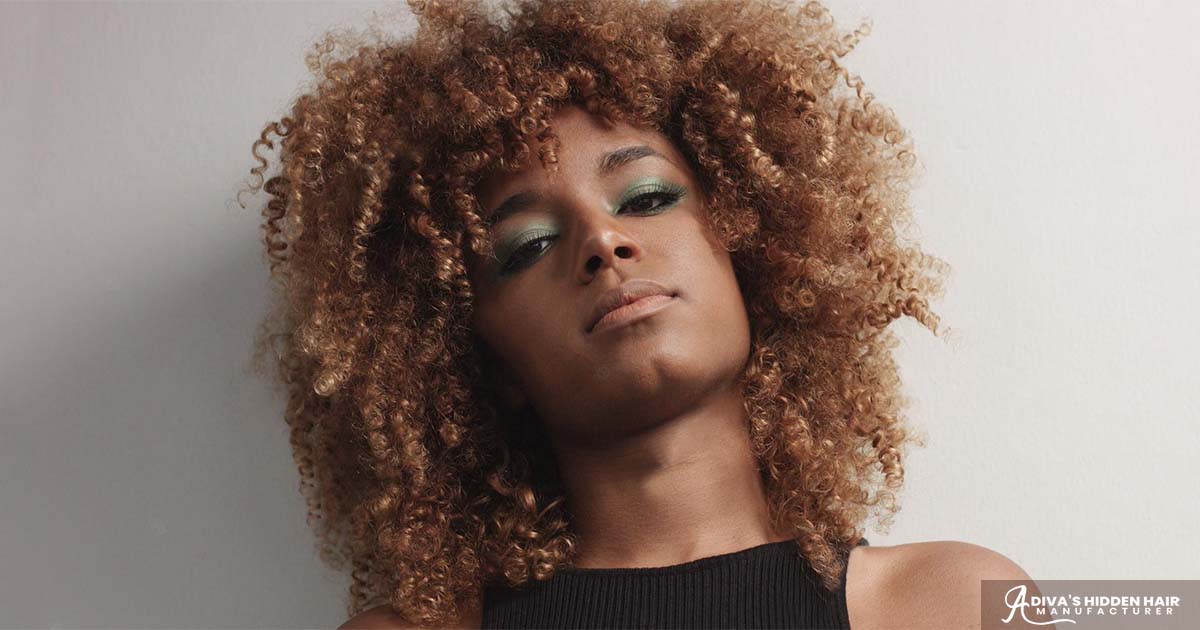
Oftentimes, women with natural hair think it’s lacking moisture when it’s dry. So, to alleviate the dryness, they may use a hydrating conditioner or a moisturizing treatment. Albeit it could be inadequate moisture, it also could be lacking sufficient protein.
Hair is mostly made of keratin which are proteins and amino acids. Due to over-styling with heat, improper protective style installs, and chemical treatments, these keratins can become worn out. Since keratin help make your hair silky and shiny, improper hair care can lead to frizziness, breakage, and dryness.
In essence, healthy hair requires protein and moisture. Making sure your hair has enough nutrients means proper hair care as well as using protein-rich products. But understanding if your hair needs a treatment or a moisture treatment is vital for healthy looking natural hair.
Continue reading to discover how to tell if your hair has enough protein and the positive impact protein has on the hair.
What Protein Does For Hair
As a refresher, protein repairs and strengthen the keratin, thus giving hair structure and helping it to be stronger. If these compounds become comprised, natural hair will inevitably become fragile and brittle.
Your hair could be lacking protein if it becomes limp, sticky, or stringy. Fortunately, there are plenty of excellent protein treatments, like Scalp Protection Conditioner which restores over-processed and damaged hair. Used in conjunction with the Scalp Protection Shampoo, it’s the ideal hair care combo to achieve soft, shiny, and manageable hair. In general, these products will boost the proteins and nutrients in hair to aid in strengthening your natural hair strands.
How Do I Make Sure My Hair Has Enough Protein?
To make sure your hair has enough nutrients, take a strand of wet or dry hair and stretch it. If it hardly snaps or stretches, you might have too much protein and need more moisture. However, if hair falls out while brushing or combing it, you need more protein. On the other hand, dry strands are an indicator that it most likely needs moisture. Easily tangled and dry hair from overusing heat tools or relaxers, mean moisture loss.
You will need nutrients in hair if your hair has been recently colored, has minimal elasticity, is porous, shedding, or limp. High porous strands can absorb the most moisture, but it cannot hold onto this moisture. This is a bad thing since your strands need to stay hydrated. Hair strands with high porosity results in frizzy and easily tangled hair. In order to seal in the moisture and strengthen your strands, you will need a hair protein treatment.
Also, because chemical straighteners and hair color alter the bonds of the hair, it leads to breakage. This is because these processes contain chemicals that cause the cuticle to rise and elevate the pH of the hair. Hair is more prone to moisture and protein loss if cuticles are raised, exposing the cortex of the hair.
How Often Should I Get A Protein Treatment?
In general, the treatment every 4 to 6 weeks. The healthier your cortex and cuticle is, the faster your hair recovers from environmental stressors, and daily styling. Not only are protein treatments a great option to ensure this, but also to reinforce strength into the hair.




